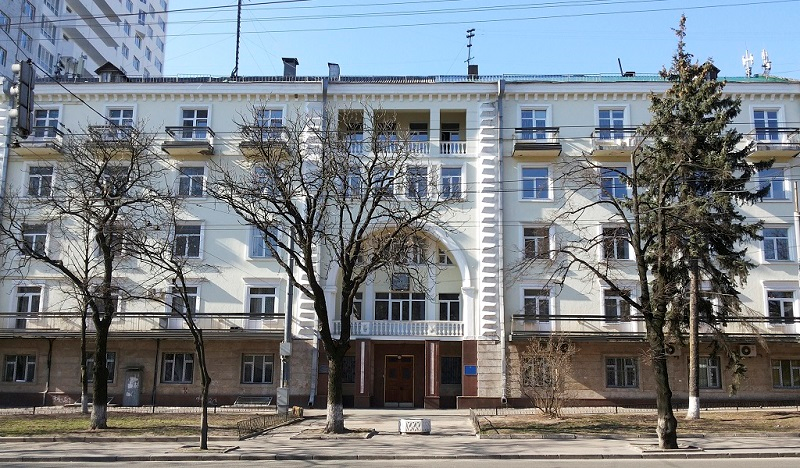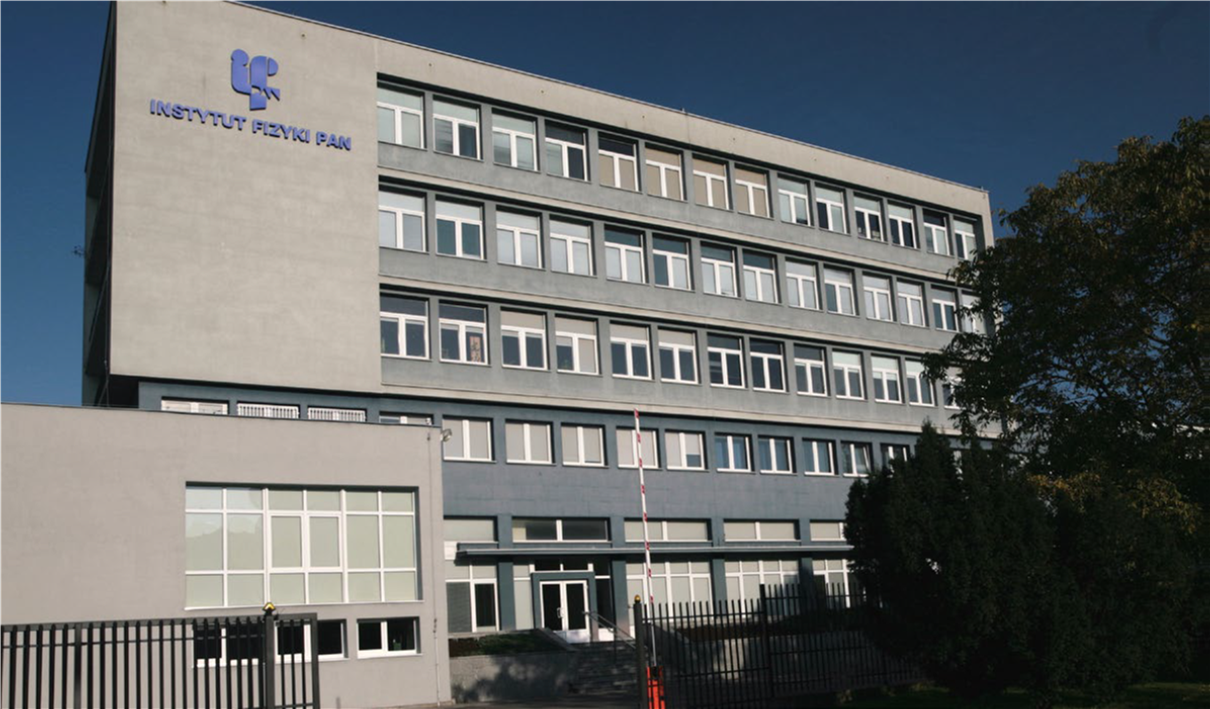Cukurova University (Turkey)

Physics Department, Cukurova University (CU), Adana, Turkey will employ the synthetic luminescent phosphor materials known as ceramics (metal oxides). They will synthesize ceramic luminescent materials mainly, BeO, MgO, TiO2, and ZnO, using solid-state, solution combustion, sol-gel, polyacrylamide, precipitation, etc., methods. This is one of the major steps of the project. CU group will study on the synthesized ceramics BeO, MgO, TiO2 and ZnO by doping them with the suitable lanthanides for finding signals with high intensity and sufficient stability. CU group will examine OSL and TL from synthesized BeO, MgO, TiO2, and ZnO ceramics and reveal important luminescence properties. They will find dose-response curves and minimum detectable dose (MDD) values of the synthesized ceramic dosimeters; change of sensitivity observed over multiple cycles; fading of the OSL signal during the period between irradiation and OSL readout.
Sheba Medical Center Hospital (Israel)

The Sheba Medical Center Hospital, Tel HaShomer, has an extensive range of accurately calibrated irradiators (megavoltage X rays and electrons, and orthovoltage X Rays) and radio-isotope sources (iridium-192, iodine-125). The department has in-vivo dosimetry capabilities: calibrated optically stimulated luminescent dosimeter (OSLD), MOSFET, and ion chambers. Sheba’s role in the project will be to irradiate dosimeters under a range of conditions. Readouts will be performed either locally, or the samples sent back to the respective research centers. If required, irradiation could be performed under blinded conditions to facilitate a true radiation emergency. In addition, the investigators have access to clinical materials from both personnel and patients exposed to occupational/therapeutic radiation. Sheba investigator’s dual physical and biological expertise facilitates the comparison of different techniques for real-life radiation exposure.
Thomas Jefferson University (USA)

Thomas Jefferson University (USA) will conduct extensive testing and quantitative dosimetry measurements of the newly developed radiation spectrum- resolved OSL dosimeters using a wide range of radiation energies and sources available in its facility. These include: Standard Mammography and Contrast-Enhanced Spectral Mammography (CESM) low energy and dual-energy X-rays Linear accelerator energies: (X-rays) 6, 10, 15 MV; (electron) from 6 to 21 MeV Testing parameters include: Dose magnitude Dose linearity Dose rate dependence Angular dependence Temperature dependence Fading OSLD reader logistics in diagnostic and therapeutic clinical environments.
Lviv Polytechnic National University (Ukraine)

Lviv Polytechnic National University is represented in the project by the team of researchers from the R&D Center for Solid State Electronics and Sensors who are dealing with a study of materials for electronic engineering, methods of their investigations as well as the design of sensors and devices on their basis. Their contribution to the current project consists of the development of laboratory setup of the OSL reader for readout of dosimetric response from YAP:Mn and BeO detectors. The main purpose of this subproject is the investigation of the best modes of OSL response measurements and data processing for integration in one prototype. Besides, optimization of electronics design, optical channels, and choice of main components and constructions of units, development of software for control of hardware, algorithms implementation and data processing will be done for providing the additional functionality of dose assessment. The development of a prototype of a portable OSL reader with dual functionality of the dose assessment will be focused on a wearable construction of battery-powered hardware controlled by a single-board computer.
Kyiv National Research Center for Radiation Medicine of National Academy of Medical Sciences of Ukraine (Ukraine)

The Kyiv group will be responsible for designing, mockup manufacturing, and type testing of a new energy-selective individual dosemeter to be a part of the new OSL system. For this purpose the following technological and research tasks will be done: theoretical consideration of the dosimeter design; Monte Carlo simulation of energy and angular response of various designs of the dosimeter; mathematical modeling and CAD (computer-aided design) of the dosimeter, preparation of CAM (computer-aided manufacturing) files good for mockup manufacturing; manufacturing by 3D print technology of the prototypes according to theoretical designs; testing dosimetric and consumer properties of new dosimeter designs (together with other participants of the project); recursive improvement of dosimeter design based on the results of the tests; practical design of a dosimeter as a part of new OSL system (together with other participants of the project).
The University of Auckland Group (New Zealand)

The main contributions of this group include (1) Synthesis of transition metal oxides: To support the suggesting, design and practicing synthesis techniques for transition metal (Be, Mg, Zn, Ti, V, Zr, Y, and W) oxides using some of their best-specialized processing methods including electrochemical, chemical and physical vapor deposition methods, including anodizing, hydrothermal process, and magnetron sputtering. (2) Characterization of micro- and nano-defect structures of doped transition metal oxides: They will use a number of characterization techniques including XRD, SEM/TEM, XPS, AFM, Raman, TGA/DTA, FTIR, radio-luminescence, and photoluminescence, to study the microstructure and defect structure of the doped transition metal oxides, in order to establish the interrelationships between synthesis, microstructure, doping and functional properties of oxide materials. The influence of dopant concentration and defect structure on the emission spectra will also be investigated. To control the structure defects is critically important in designing the luminescence properties. The Auckland Group has excellent experience in the structural defect control and transparency properties of transition metal oxides. They will also work on the transparent property of BeO thin films and other transparent oxide films such as Zn and V oxides because of that transparency is a highly desirable property for OSL materials.
The Institute of Physics, Polish Academy of Sciences (PAS) Warsaw (Poland)

The Polish group will be responsible for the preparation and preliminary characterization of the high-Z detectors based on YAP:Mn single crystals. For this purpose the following technological and research tasks will be done: Growth of YAP:Mn2+ and (Lu-Y)AP:Mn2+ single crystals having the effective atomic number from 31.4 (for YAlO3-based crystals) to 46.5 (for Lu0.5Y0.5AlO3-based crystals) and high sensitivity to ionizing radiation (at least 40 with respect to TLD-100 for Co-60). Preparation (cutting, grinding, high-temperature treatment, etc.) of the high-Z TL/OSL detectors based on YAP:Mn2+ and (Lu-Y)AP:Mn2+ single crystals in the required shape (e.g. plates of 3×3×0.5mm3, or any other caliber required); Experimental study of the possibility of modification and improvement of the functional properties of the single crystalline high-Z detectors via optimization of the composition of the material and technological growth parameters; Preliminary characterization of the single crystalline high-Z detectors (relative sensitivity, reproducibility of parameters in a batch of detectors, etc.) before handing the detectors to other project participants. Comparative characterization of own single-crystalline high-Z detectors with other TL/OSL materials available on the market.
Mersin University (Turkey)

In this subproject, the OSL signals will be monitored for each wavelength with high resolution, for instance as 1nm when the excitation lights off is 1ms. Illumination time will be 1ms with blue or green light. All this information will give the role of impurities (dopant) in the OSL signal and the emission zone in the spectrum. The handmade equipment will also be enabled to readout an OSL dosimeter which emits signals from UV to IR region at adjustable sample temperatures without using any bandpass filter. A pulsed optically stimulated luminescence equipment will be established. The equipment consists of several modules which are a pulse generator, a linear heating module, signals both wavelength, and intensity monitor, a sample chamber, an optic system for excitation and emission, electronic and software interface units. All these modules will be designed separately and combine each other to run coherently. Fundamentally, OSL equipment works at a steady temperature.